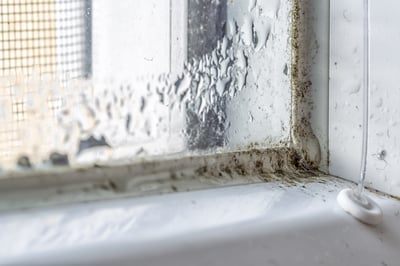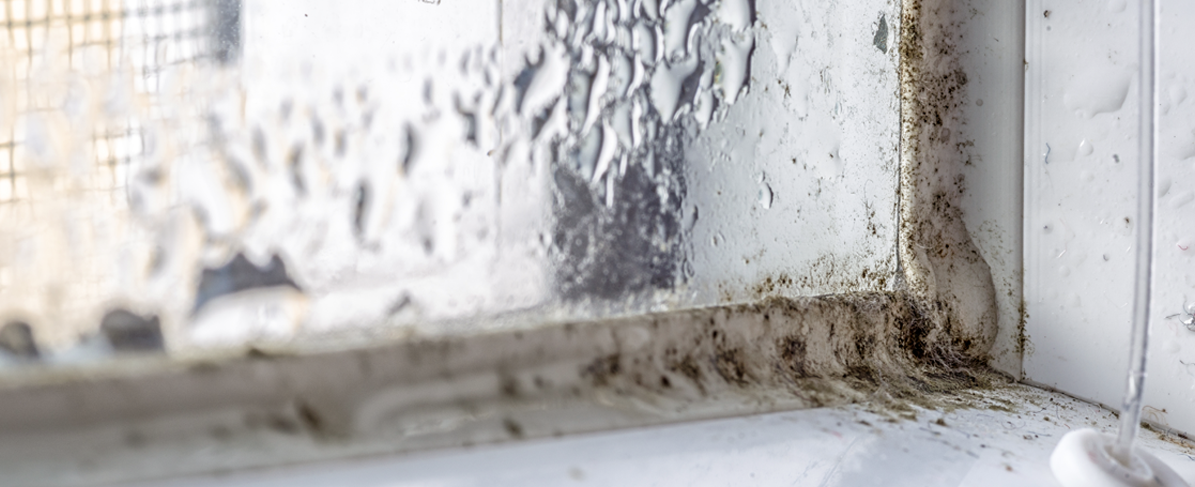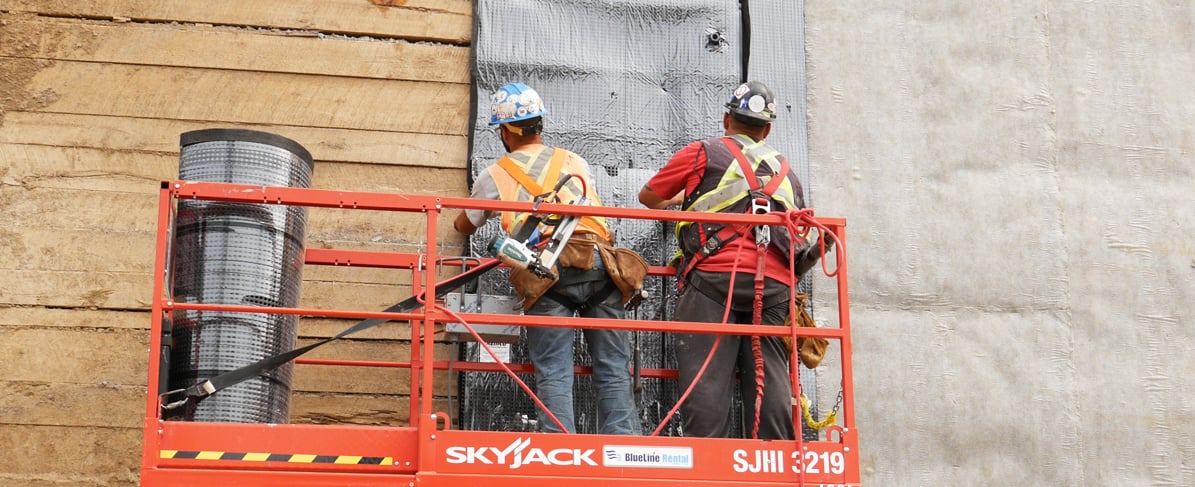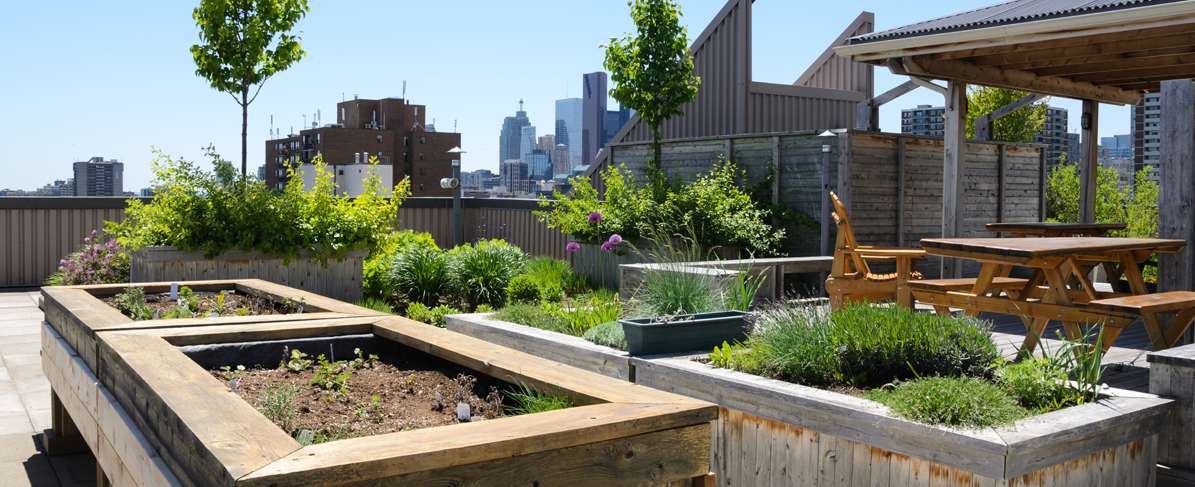Condensation which naturally collects on window surfaces can cause significant damage to a structure if it makes its way into the insulated glass unit (IGU) or wall cavity. Prolonged moisture can also create the ideal environment for the unsightly buildup of mold, mildew and fungus, with their potential health risks.
To prevent moisture penetration and the growth of these microbes, biocides can be incorporated into silicone sealant formulations for in-field window installations and in-plant fabrication. This technology can minimize long-term maintenance and ease concerns for the manufacturer, contractor, facility manager and building owner.
What are biocides?

Biocides, a generic term to include mildewcides and fungicides, are an EPA-registered compound whose chemistry inhibits the development of microorganisms. In the case of silicones, they protect the polymer composition of the sealant and keep the surface clear and smooth.
The sealant will have the same performance and durability characteristics, but now will need less cleaning to eliminate any discoloration due to mildew, fungus, or mold. Here are some of the key interfaces where biocide technology will have the most benefit:
- Back-bedding
- Dynamic moving joints
- Glazing and re-glazing glass
- New construction window and door perimeter sealant
- Weather-barrier joints around fenestration and wall transitions
- Field joinery, mull caps sealing and field reglazing

Products can be tested for their anti-fungal properties using ASTM G21-15, Determining Resistance of Synthetic Polymeric Materials to Fungi or other field or laboratory tests. These experiments show how biocides perform when exposed to high moisture for an extended period of time (from a few months up to 10 years) to equate to real-world conditions. Be sure to discuss any testing data with a building material manufacturer prior to deciding on a product.
Whether for interior or exterior applications, biocide technology in high-performing silicone sealants gives peace of mind to all parties involved. Manufacturers and contractors can rest assured that there won’t be callbacks and end-users, like the homeowner, building owner, or facility manager, won’t have to worry about moisture infiltration, the emergence of mildew, mold, or fungus, or repeated cleaning of the sealant joints.






